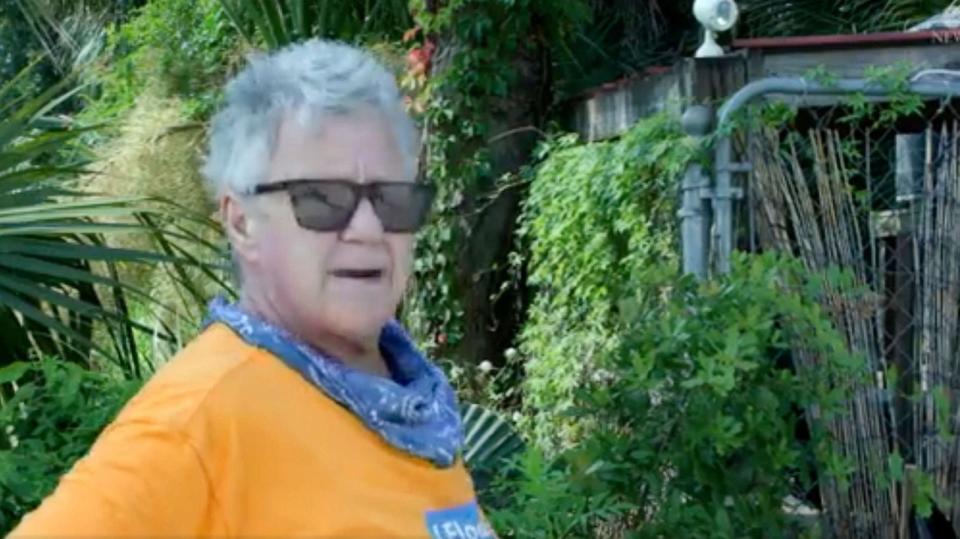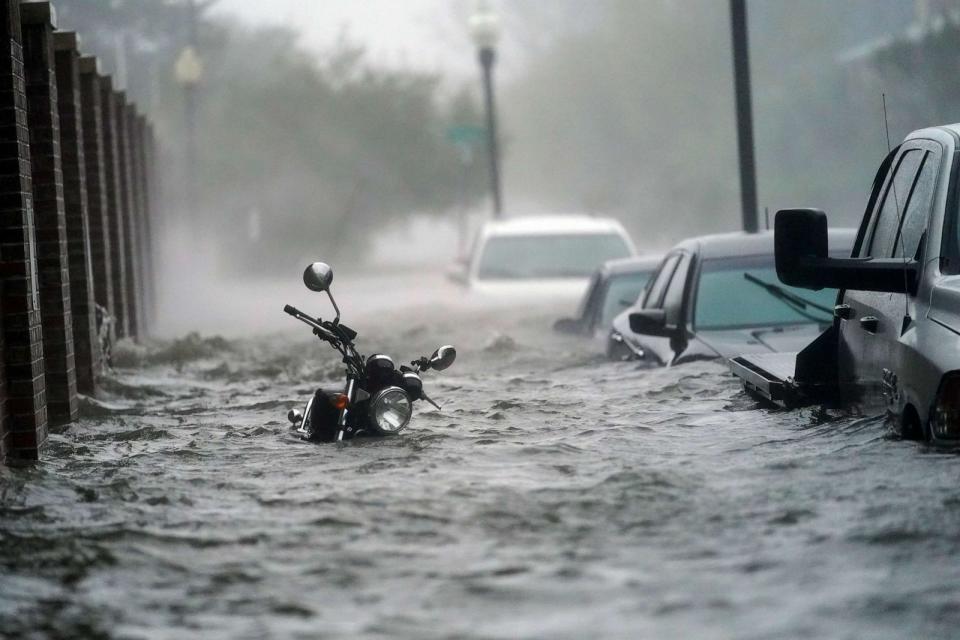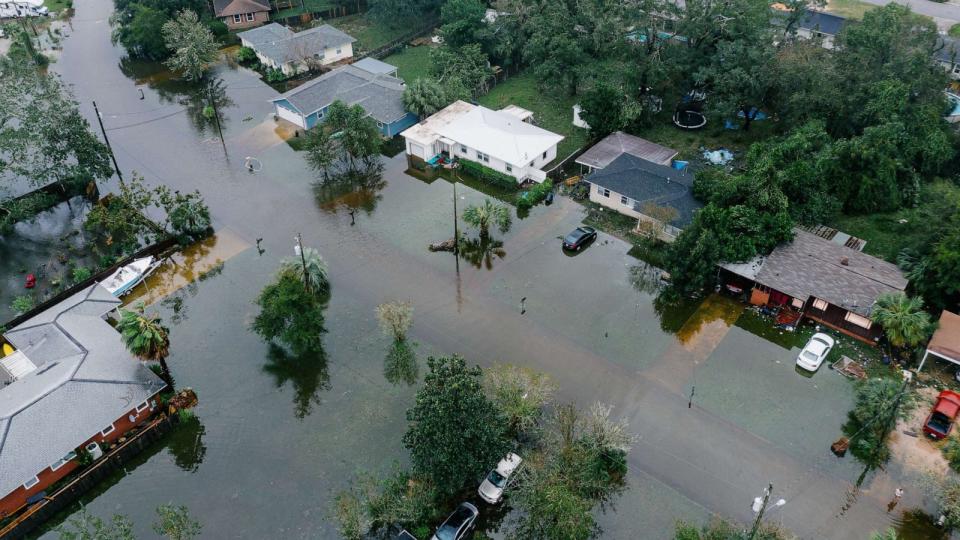3 years after Hurricane Sally, Pensacola is still struggling to rebuild

It has been three years since Hurricane Sally struck the Gulf Coast, but the recovery is nowhere near complete for communities that experienced the most severe impacts from the storm, according to local residents and officials.
Pensacola, a coastal town on the westernmost edge of Florida's panhandle, is still reeling from the impacts of Sally, a hurricane that made landfall as a slow-moving Category 2 storm in September 2020 and dumped incredible amounts of rain as it hovered over the region.
Residents are striving to stay in their water-damaged homes, while community planners are tasked with fortifying the city from future flooding -- not just from powerful hurricanes, but from everyday rainstorms that are now causing more nuisance flooding than in years past.
MORE: This is what it's like to fly inside a powerful hurricane
Gloria Horning, a local environmental activist in her late 60s, said she is doing everything she can to stay in her home in Pensacola's Tanyard neighborhood, built in 1918.
But the damage from Hurricane Sally, and the flooding that continues with the regular rainstorms in the years that have followed, threaten to throw her out of the historic home where she has lived since 2016.

During Sally, the water came up to the windows, with about four feet of water infiltrating the house, Horning told ABC News. The flooding in the region was so bad she said the National Guard had to rescue her and her dog, Roux.
Horning has applied for funding from the Federal Emergency Management Agency to move her home's foundation to a more manageable flood level. However, FEMA has not decided whether applicants from the fiscal year 2021 qualify for its Flood Mitigation Assistance Grant Program, according to the Florida Division of Emergency Management.
Now, Horning lives in her "gutted" home as she anxiously waits for government assistance to fortify it.
"The only thing that can be done for me to stay in this home safely is to have it raised, and then I can stay in the neighborhood that I love," she said.

She has even resorted to creating a makeshift stormwater prevention fence to protect her home by using sandbags -- a sight the city is not keen on, she said.
But Horning's home is not the only property or infrastructure in Pensacola in dire need of repair.
MORE: Floridians adamant about rebuilding in areas devastated by Hurricane Ian
As climate change continues to increase the number of strong hurricanes that form in the Atlantic basin, climate resilience is becoming a more urgent priority for local governments in storm-prone areas.
"We have to be ready," Pensacola Mayor D.C. Reeves, who was sworn into office in 2022, told ABC News. "We have no choice."
Stormwater in Pensacola has become a major issue in recent years, which is putting even more pressure on the city's aging infrastructure, Reeves said.
The city needs to put a bigger emphasis on climate resiliency, because Pensacola residents have "felt the pain" from extreme storms in the last decade, Reeves said.
And yet, Pensacola continues to grow. In the three years since Hurricane Sally, the median home value in Pensacola has risen by 31% for existing homes and by 47% for new construction, according to Redfin.

The city is attempting to play an active role in preserving the authenticity of the neighborhood while heeding the new construction needed to keep up with growing demand, Reeves said.
Communities across the U.S. will need to be strategic on how they invest in climate resiliency, Jesse Keenan, an associate professor at Tulane University's School of Architecture, told ABC News.
Extreme weather events are happening faster than communities can recover from them. In 2022, 3.4 million Americans were displaced by natural disasters, according to a U.S. Census Bureau tally released in January.
MORE: Sally slams Gulf Coast with life-threatening flooding
Of those displaced residents, 12% did not return for at least six months, and 16% did not return at all, the report found.
A record 23 billion-dollar weather and climate disasters have already hit the U.S. this year, with several months to go in the year, the National Oceanic and Atmospheric Administration announced last week.
In the last 20 years, the U.S. has suffered from 17 of its 19 costliest hurricanes, according to NOAA.
3 years after Hurricane Sally, Pensacola is still struggling to rebuild originally appeared on abcnews.go.com

